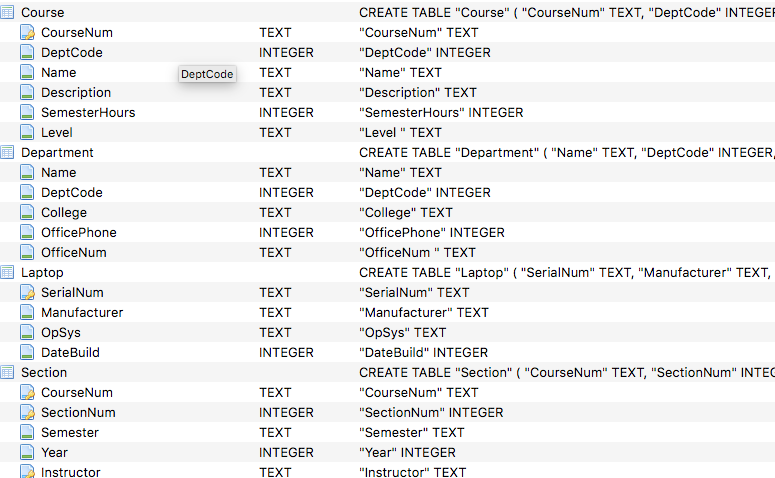
MySQL continues generating new numbers sequentially. When a row is deleted from a table, its auto incremented id is not re-used. It is considered a good practice to specify the unsigned constraint on auto increment primary keys to avoid having negative numbers. Defining TINYINT as the data type for an auto increment field limits the number of records that can be added to the table to 255 only since any values beyond that would not be accepted by the TINYINT data type. The defined data type on the Auto increment should be large enough to accommodate many records. The Auto increment is commonly used to generate primary keys. The results are shown below.Īuto increment attribute when specified on a column with a numeric data types, generates numbers sequentially whenever a new row is added into the database.

Now we will insert new records in Persons table for that use following queries.
Sqlite autoincrement movie#
Let’s now look at the script used to create the movie categories table.Įxecuting the above script gives the last Auto increment number generated by the INSERT query. In SQLite the starting value for AUTOINCREMENT is 1 and it will increment by 1 for each new record. As a best practice, it is recommended to define the unsigned constraint on the auto increment primary key. Unsigned data types can only contain positive numbers. The INT data type supports both signed and unsigned values. Auto increment is used with the INT data type.

In order to avoid such complexity and to ensure that the primary key is always unique, we can use MySQL’s Auto increment feature to generate primary keys.

This may work well but as you can see the approach is complex and not foolproof. But, how can we ensure that the primary key is always unique? One of the possible solutions would be, to use a formula to generate the primary key, which checks for existence of the key, in the table, before adding data. In the lesson on database normalization, we looked at how data can be stored with minimal redundancy, by storing data into many small tables ,related to each other using primary and foreign keys.Ī primary key must be unique as it uniquely identifies a row in a database. It automatically generates sequential numeric values every time that a record is inserted into a table for a field defined as auto increment. Auto Increment is a function that operates on numeric data types.


 0 kommentar(er)
0 kommentar(er)
